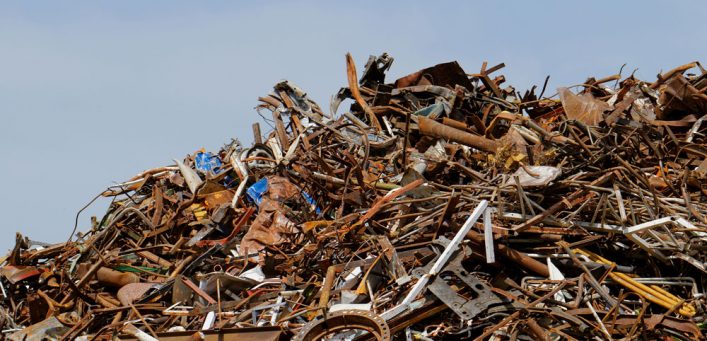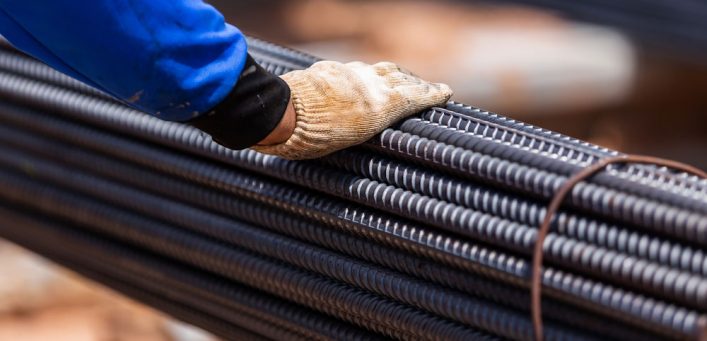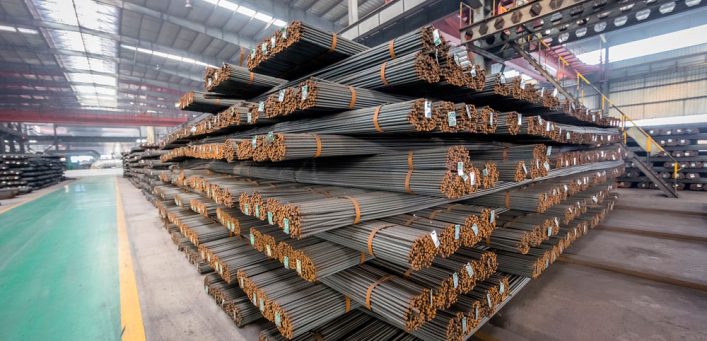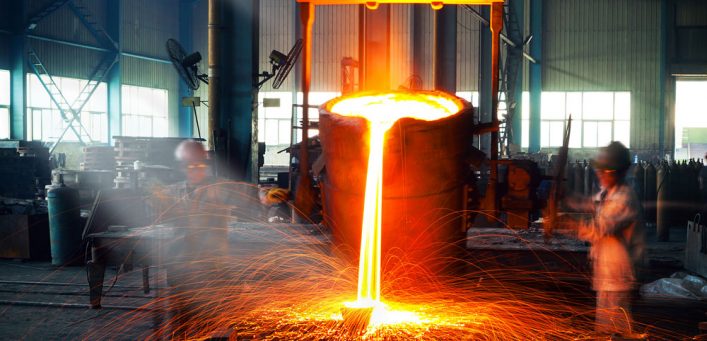According to the Brazilian Iron and Steel Association, due to the spread of Covid-19 in Brazil, steel has encountered a “demand crisis”. It is expected that steel demand in April will decrease by 50% from the previous month, and the demand in the second quarter of this year will decrease by 40% compared with the first quarter. Demand is expected to decrease by 20% year-on-year. In 2019, Brazil's steel consumption was 20.6 million tons, a year-on-year decrease of 2.7%; crude steel production fell to 32.33 million tons, the lowest value since 2016 (30.2 million tons).

Marco Polo de Mello Lopes, chairman of the Brazilian Iron and Steel Association, pointed out that after the government announced the isolation and blockade, steel demand quickly "disappeared" and orders were canceled one after another. This is a very fast chain reaction, and companies are now facing cash flow problems.
He hopes that economic activities will gradually resume under the premise of ensuring safety. At present, the capacity utilization rate of Brazilian steel producers is already below 60%, and steel mills are still studying further production reduction measures, and the capacity utilization rate is expected to decline.
Lopes said that the forecast for the decline in demand is based on the premise that the epidemic will be gradually controlled and alleviated in the second half of the year. If the epidemic is not controlled, demand will further deteriorate.
Lopes believes that at present, increasing steel exports will be the best choice for Brazilian steel producers. The Brazilian Iron and Steel Association made a series of proposals to the Brazilian government to support economic recovery, including the implementation of an export tax rebate program.
Lopes revealed that the Brazilian Iron and Steel Association is seeking to increase the export tax rebate ratio for the steel industry from the current 0.1% to 5%, which will give related products a 7% price advantage when exporting, and the export volume is expected to increase by 20%. According to data released by the Brazilian Iron and Steel Association, in 2019, Brazilian steel producers exported a total of 12.8 million tons of steel, a year-on-year decrease of 8.1%.
Lopes added that the confidence index of the Brazilian steel industry in March was 37.4 points, which was much lower than the 70.2 points in February (the index below 50 points indicates that the market sentiment is pessimistic).

2021.07.26
The Ukrainian Iron and Steel Manufacturers Association has submitted a temporary ban on the export of scrap steel to the Prime Minister of the country, requesting it to consider banning the export of scrap steel from Ukraine before December 31, 2023 to ensure the stable development of the metallurgical industry and the country’s economy. The…

2021.07.23
According to statistics from the General Administration of Customs of Vietnam, the country exported 5.88 million tons of steel in the first half of the year, a year-on-year increase of 50.5%. Steel exports in June rose 4.3% year-on-year to 1.02 million tons. In the context of the recovery of domestic production and the growth of…

2021.06.15
The World Steel Association’s recently released “World Steel Statistics for 2021” shows that the global crude steel output in 2020 is 1.878 billion tons, an increase of 0.5% year-on-year, and the compound annual growth rate of crude steel output from 2015 to 2020 is 3.0%. From the perspective of steelmaking technology, in 2020, the global…

2021.06.15
China’s steel imports and exports in 2020: From January to December, the total export of steel products is 53.677 million tons, and the total import of steel products is 20.233 million tons. my country’s steel exports are far greater than steel imports. Among them, 16.085 million tons of plates were imported, an increase of 5.76…